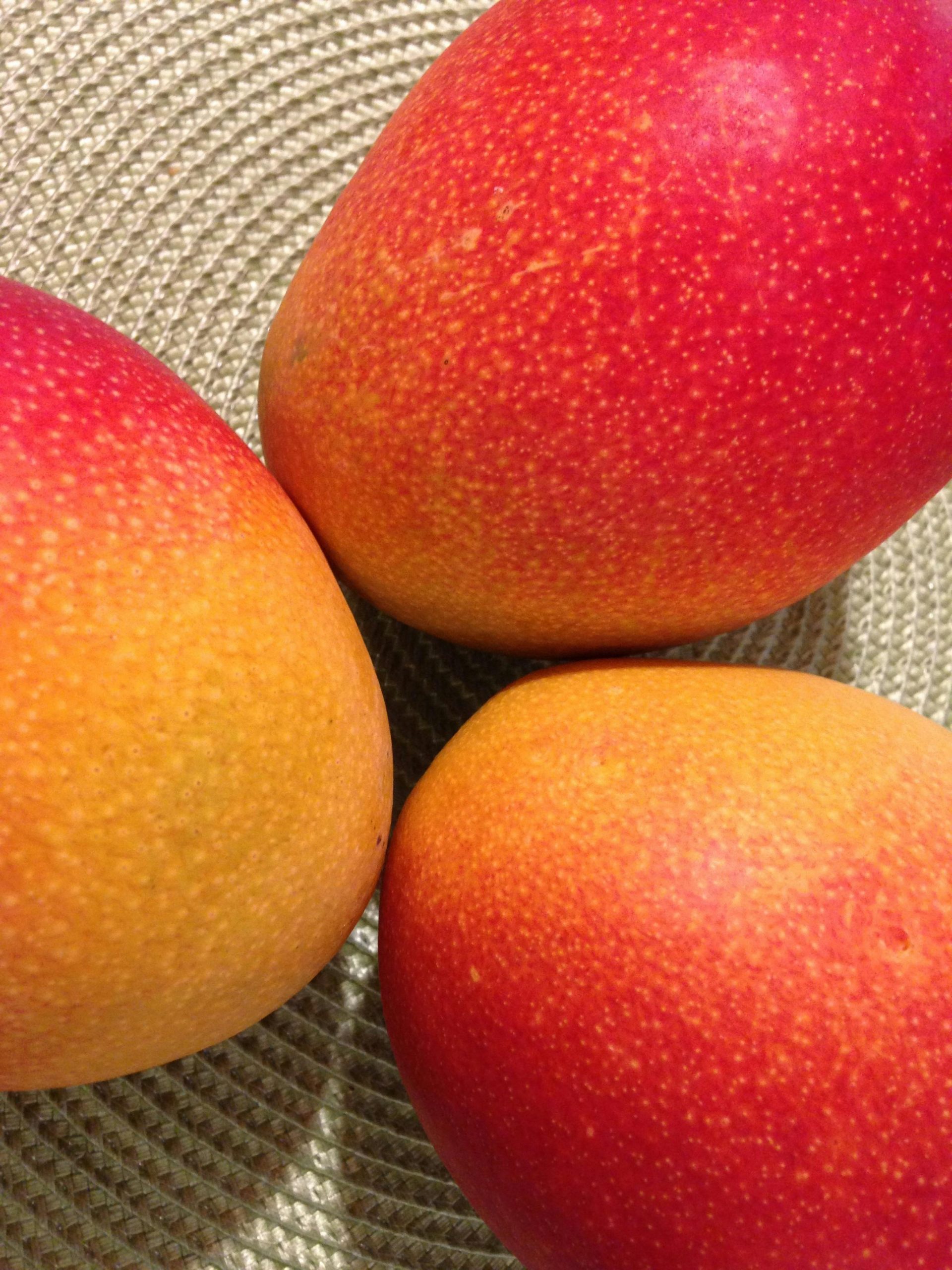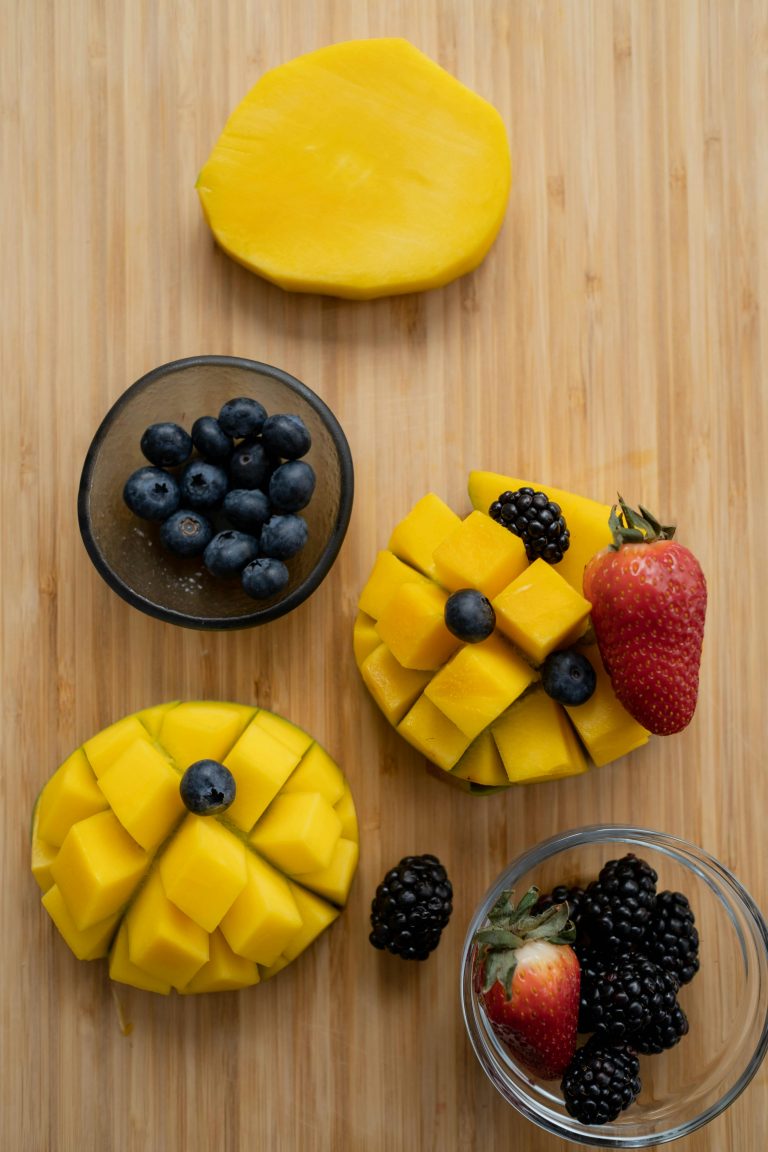Have you ever enjoyed a delicious mango and wondered if you could grow your own mango tree from the seed? The good news is, you can! Sprouting a mango seed is a rewarding and fun gardening project that can be done with a bit of patience and care. Here’s how to get started.
Step 1: Select and Prepare Your Mango Seed
- Choose a Ripe Mango: Start with a ripe, juicy mango. Once you’ve enjoyed the fruit(s), save the large seed(s) found inside.
- Clean the Seed: Carefully remove any remaining fruit flesh from the seed. Rinse it under running water to ensure it’s clean.
- Dry the Husk: Dry the husk on a tray for 24 hours.
- Extract the Seed from the Husk: The seed is encased in a hard husk. Use a knife to gently cut along the edge of the husk, being careful not to damage the seed inside. Pry open the husk to reveal the inner seed, which looks like a large, flattened bean.
Step 2: Germinate the Seed
- Soak the Seed: Place the seed in a bowl of water and let it soak for 24 hours. This helps to jump-start the germination process.
- Wrap in Paper Towel: After soaking, wrap the seed in a damp paper towel. Place the wrapped seed in a plastic bag, but do not seal it completely. This creates a humid environment ideal for germination.
- Monitor and Wait: Place the bag in a warm, dark place like a cupboard. Check the seed every few days to ensure the paper towel remains damp. In 1 to 3 weeks, you should see a root sprouting from the seed.
Step 3: Plant the Sprouted Seed
- Prepare a Pot: Once the seed has sprouted, fill a medium-sized pot with well-draining potting soil. A soil mix designed for tropical plants is ideal.
- Plant the Seed: Plant the sprouted seed with the root pointing downward and cover it with about an inch of soil. Ensure the top part of the seed is just below the soil surface.
- Water and Care: Water the seed thoroughly after planting. Keep the soil consistently moist but not waterlogged. Place the pot in a warm, sunny spot where the seedling can get plenty of light.
Step 4: Care for Your Mango Seedling
- Watering: Mango trees need regular watering, especially when young. Keep the soil moist but not soaked.
- Sunlight: Mango seedlings need a lot of sunlight. Ensure your plant gets at least 8 hours of direct sunlight each day.
- Fertilising: Once your mango seedling has established itself and has a few sets of leaves, you can start feeding it with a balanced, slow-release fertiliser.
- Transplanting: As your mango tree grows, it may outgrow its pot. Be prepared to transplant it into a larger pot or eventually into the ground if you live in a suitable climate.

Step 5: Patience and Anticipation
- Time to Flower and Fruit: Growing a mango tree from seed requires patience. Typically, a mango tree grown from seed will take between 3 to 8 years to flower and produce fruit. Some trees might take a bit longer, especially if grown in non-ideal conditions.
- Pollination: Mango trees are often self-pollinating, but having multiple trees can improve the chances of fruit set.
- Fruit Harvesting: Once your tree starts to bear fruit, you can enjoy homegrown mangoes. Be sure to pick them when they’re ripe and full of flavour.
Tips for Success
- Warmth is Key: Mango seeds and seedlings thrive in warm conditions. Keep your seedling in a warm place and avoid cold drafts.
- Be Patient: Growing a mango tree from seed takes time. It can take several years for a tree to mature and produce fruit.
- Pruning: Pruning your mango tree can help it grow stronger and healthier. Remove any dead or diseased branches and shape the tree as it grows.
ALSO SEE: Tips on how to cut and multiply sage
Feature image: Pexels
Article originally written by Thimna Matika for Garden&Home

